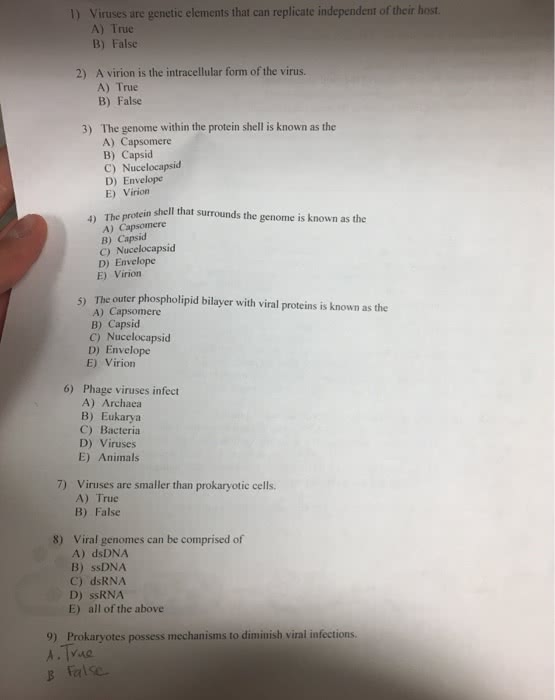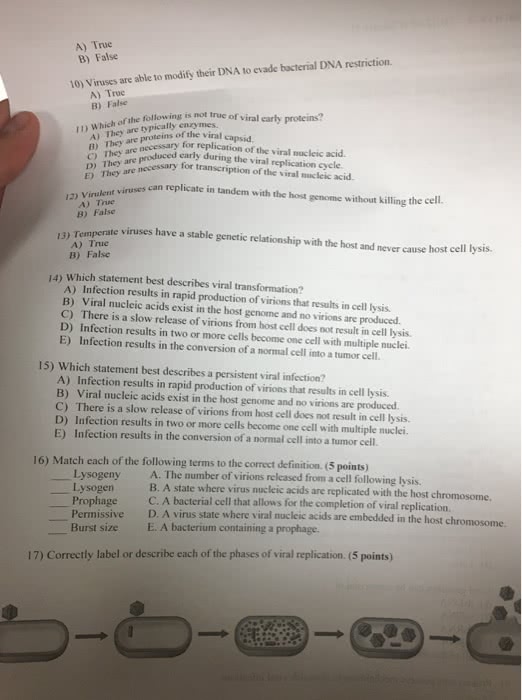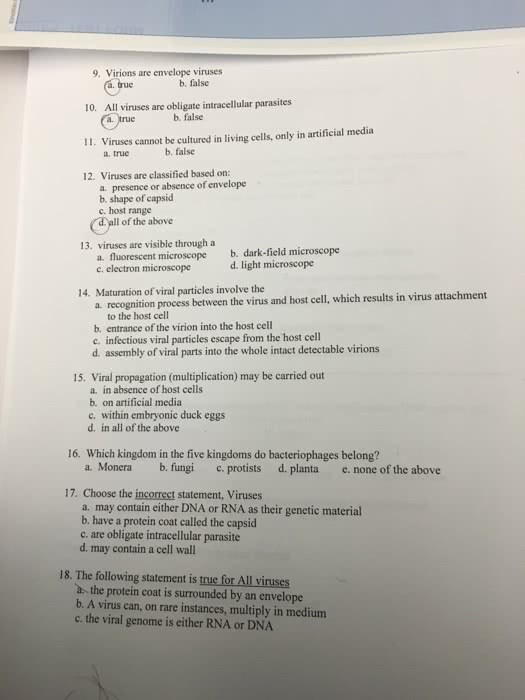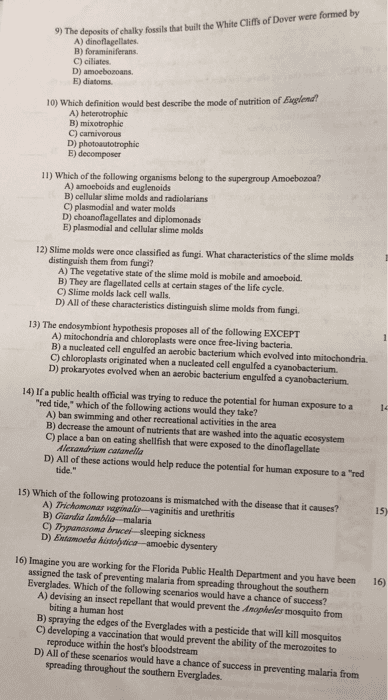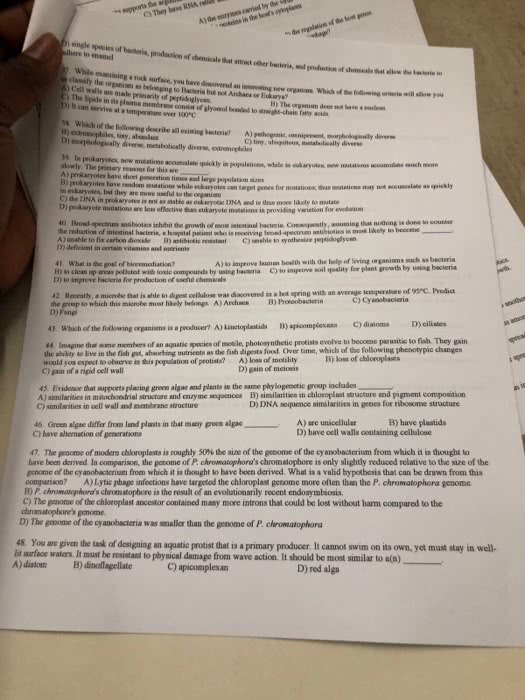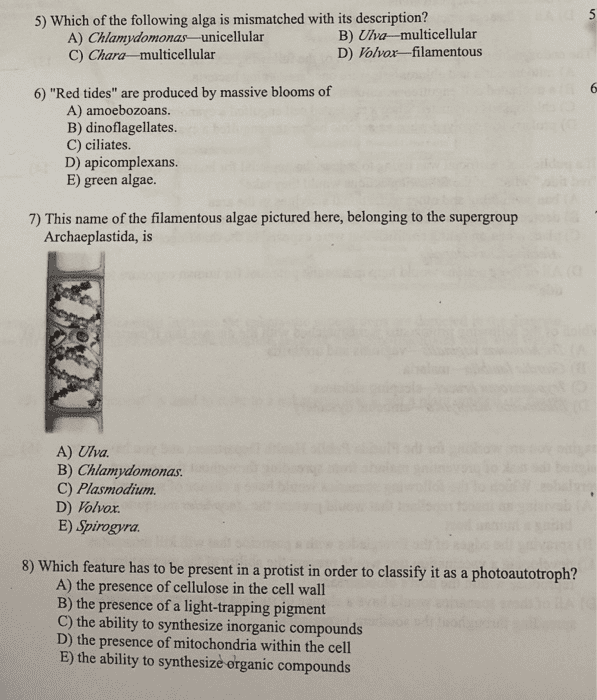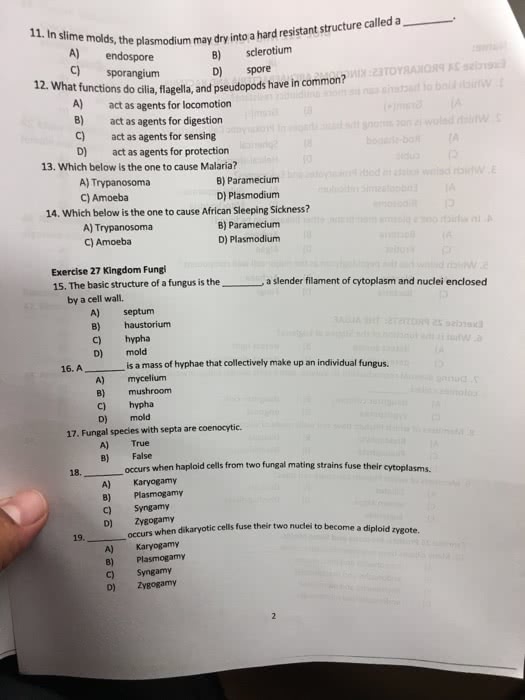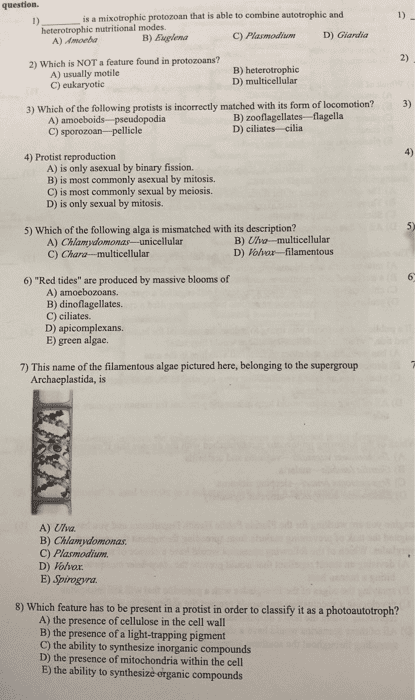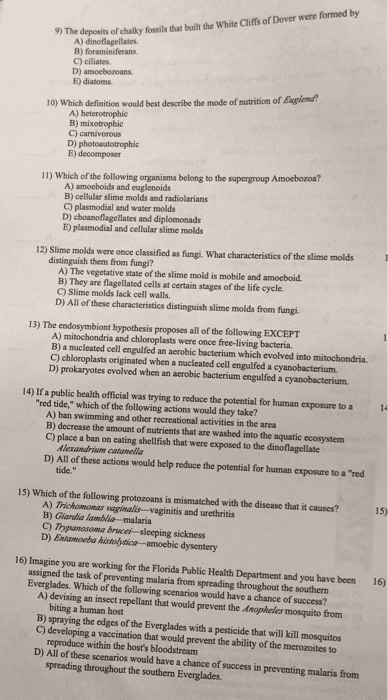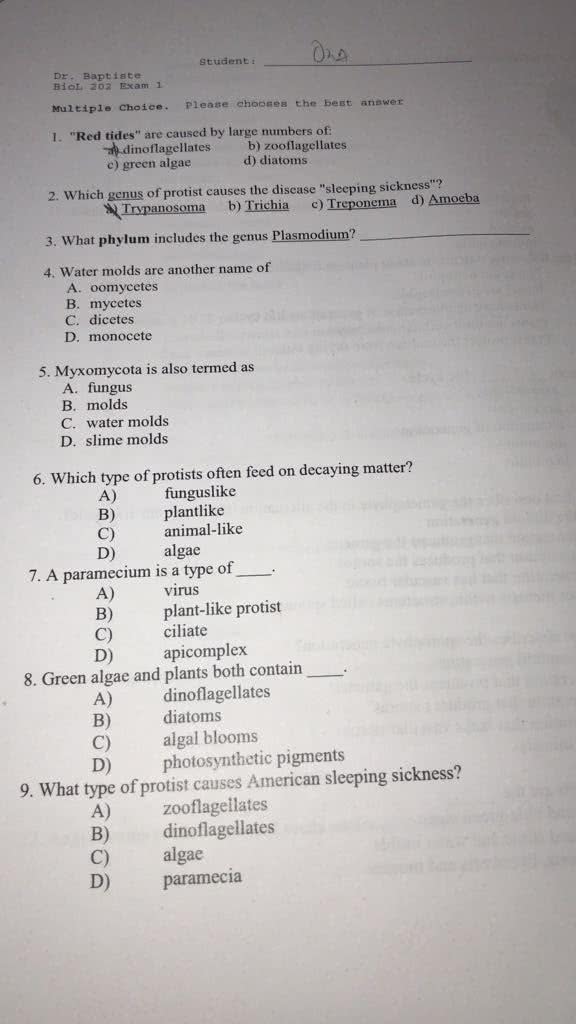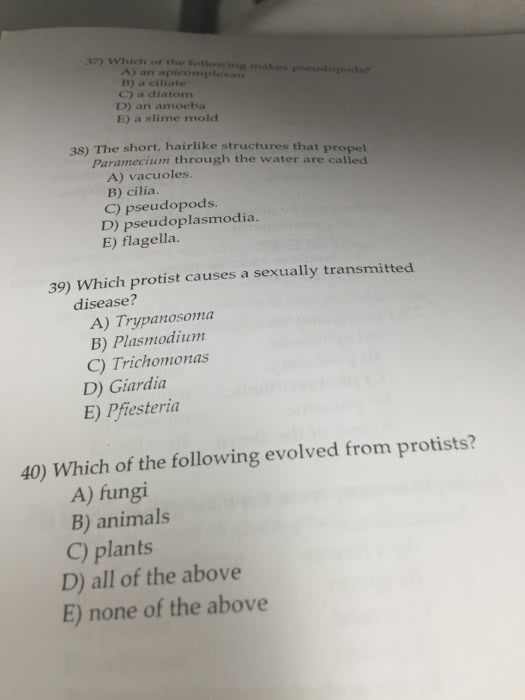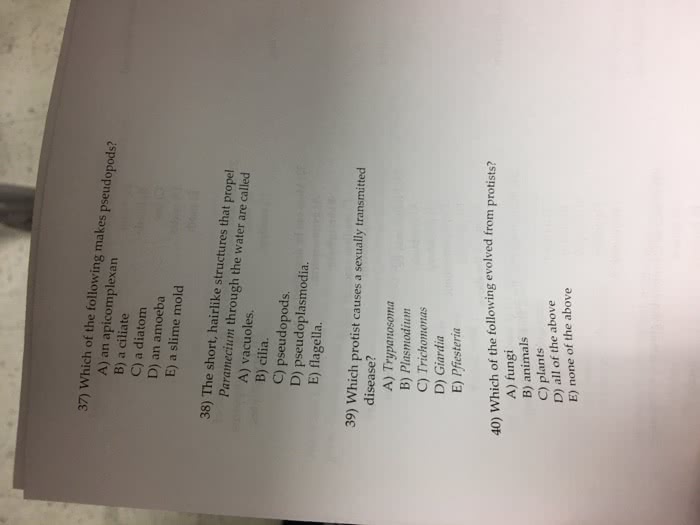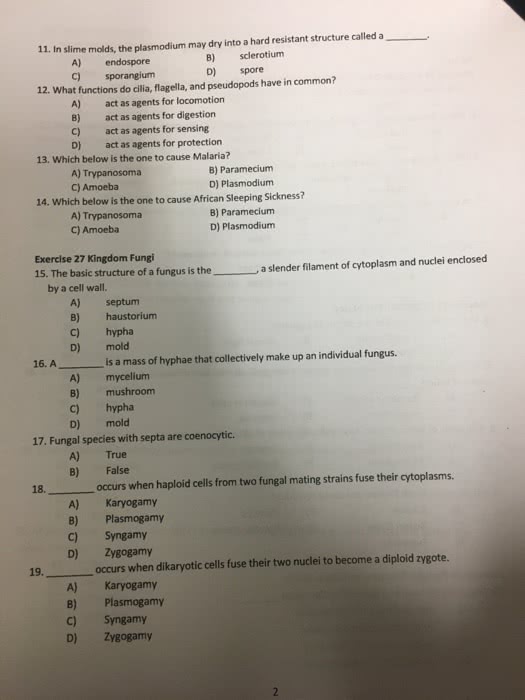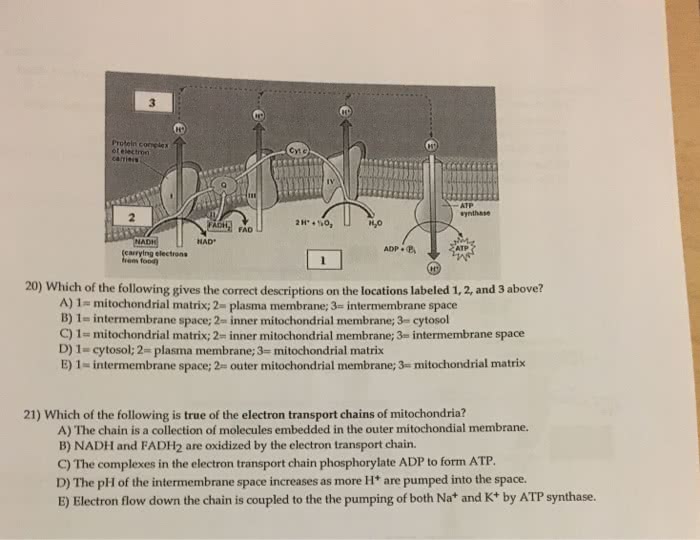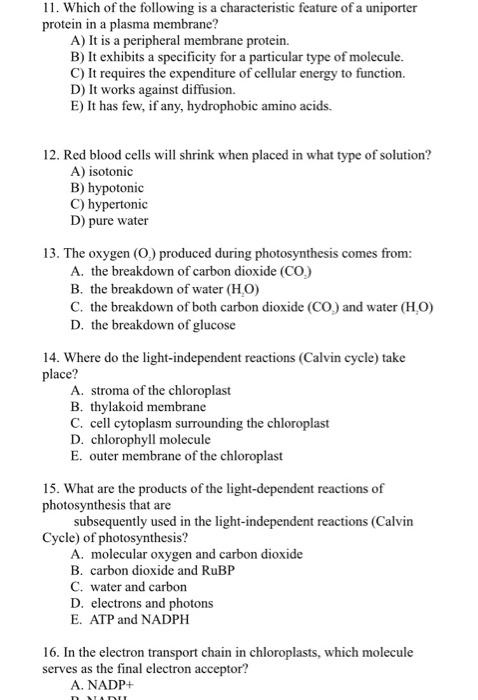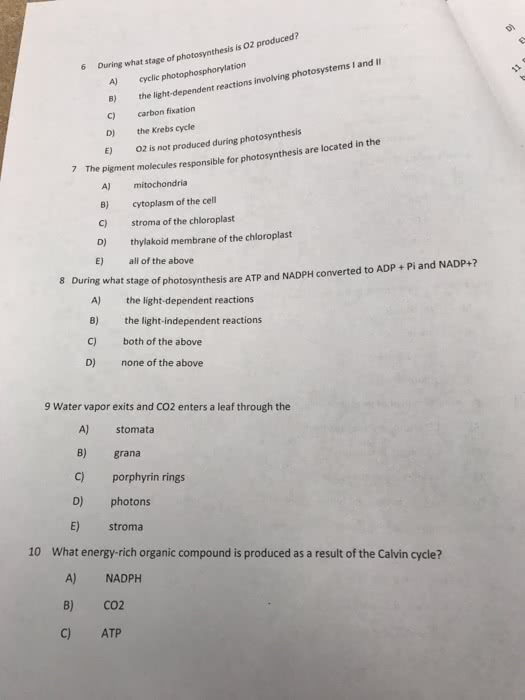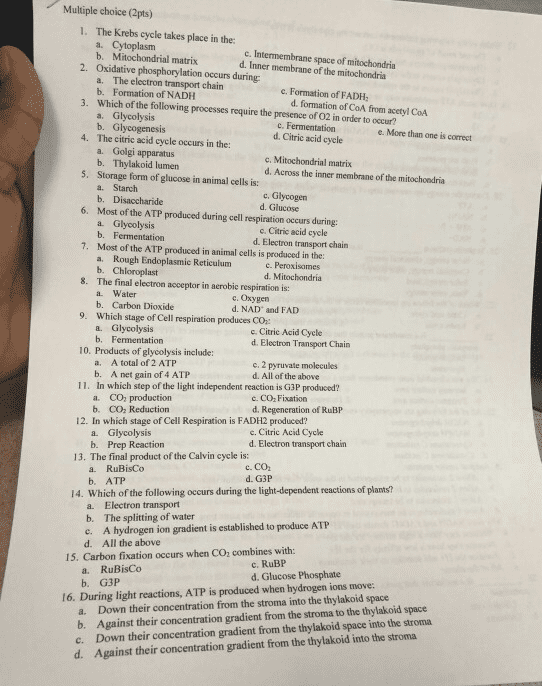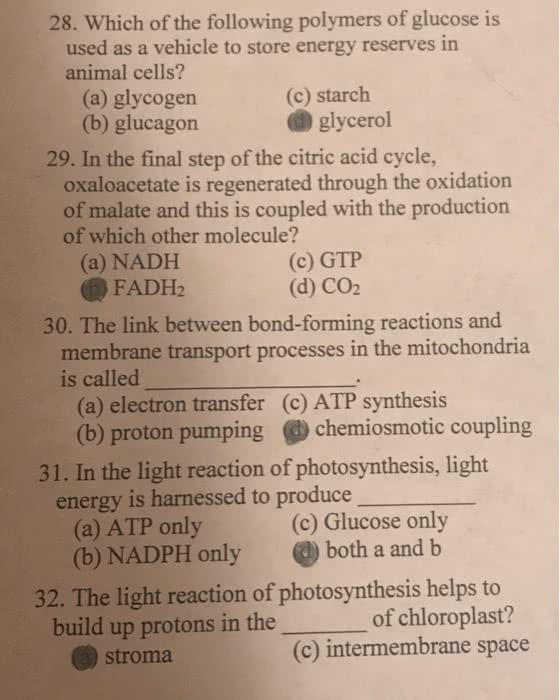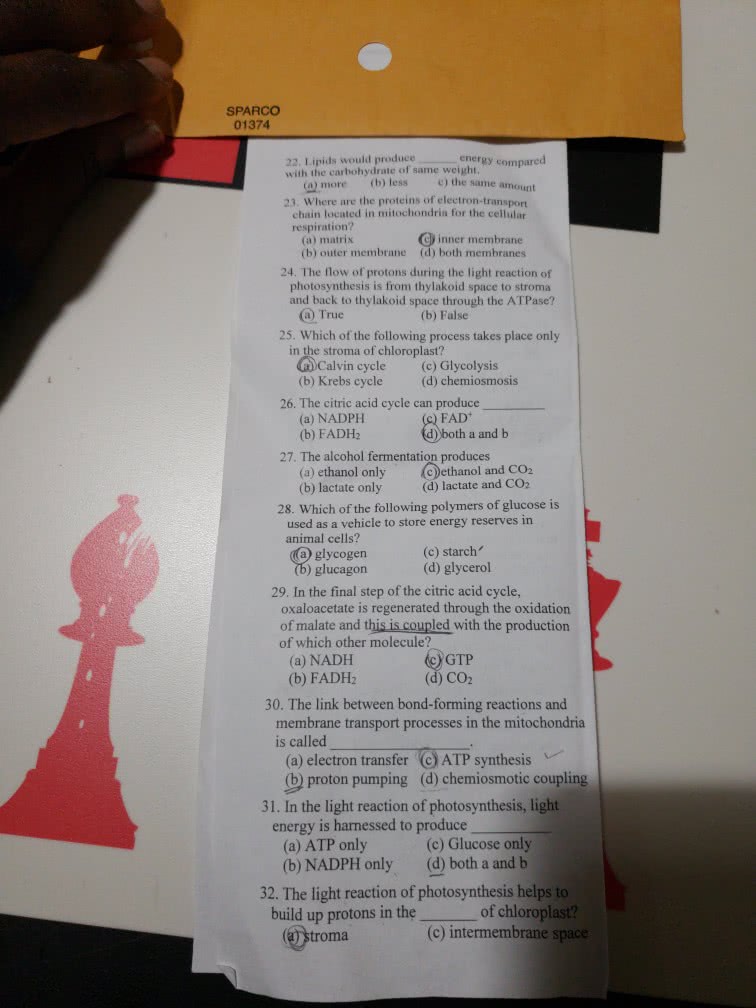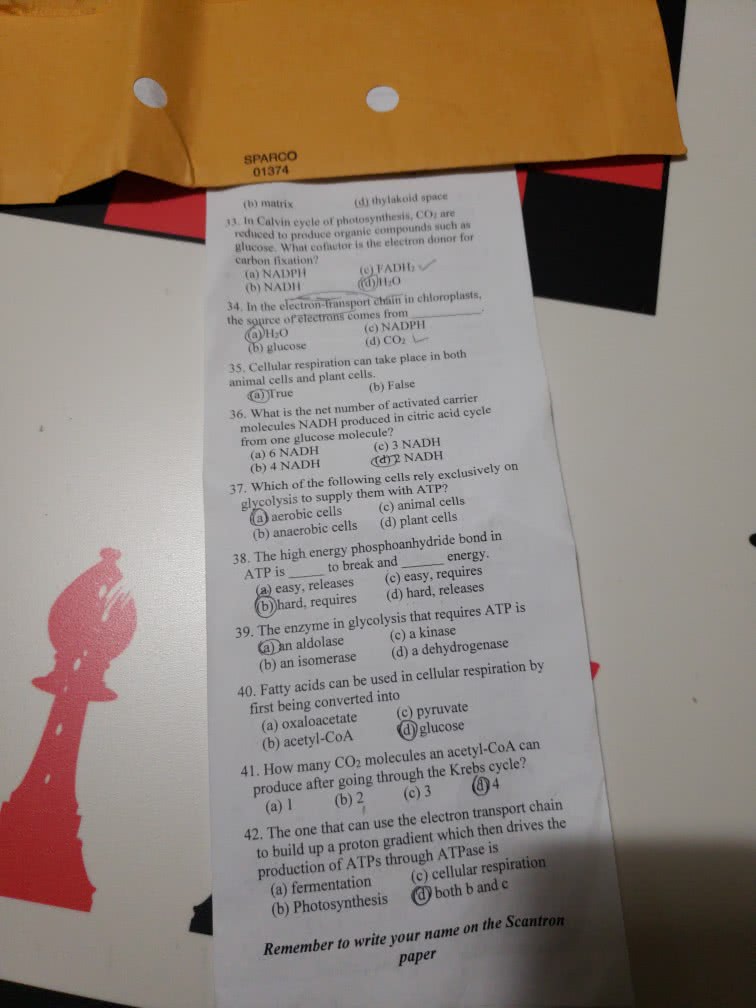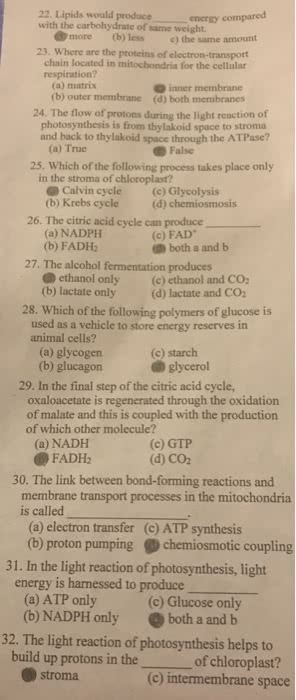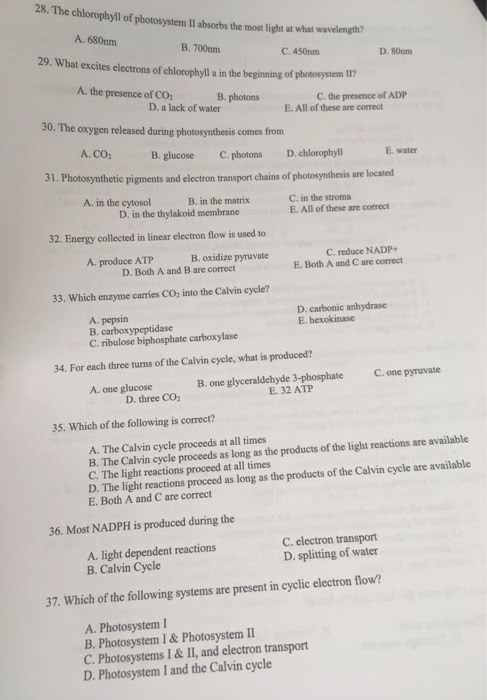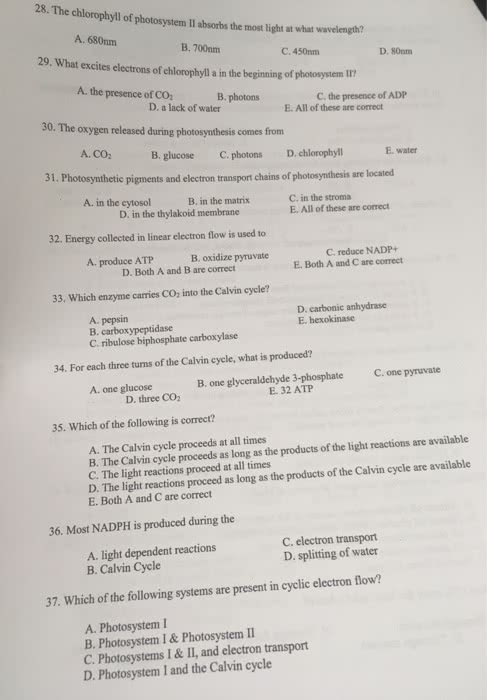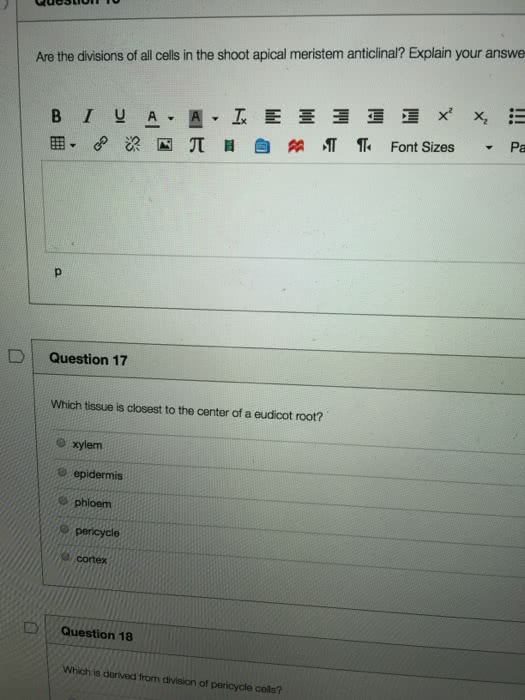chimk
Batangas State University
5 Followers
0 Following
1 Helped
chimkLv10
17 Sep 2023
Answer: 1. option a 2. option a
chimkLv10
17 Sep 2023
Answer: 16. option a
chimkLv10
17 Sep 2023
Answer: 10. option a 11. option b
chimkLv10
17 Sep 2023
Answer: 1. option 1
chimkLv10
17 Sep 2023
Answer: 1. True 2. True 3. False
chimkLv10
17 Sep 2023
Answer: 6. option 1
chimkLv10
17 Sep 2023
Answer: 9. option c
chimkLv10
17 Sep 2023
Answer: 38. option a 39. option d
chimkLv10
17 Sep 2023
Answer: 1. option d
chimkLv10
17 Sep 2023
Answer: 5. option b
chimkLv10
17 Sep 2023
Answer: 11. option a 12. option c
chimkLv10
17 Sep 2023
Answer: 1. option c 2. option a
chimkLv10
17 Sep 2023
Answer: 1. option c
chimkLv10
17 Sep 2023
Answer:1. option 4
chimkLv10
17 Sep 2023
Answer:option 2
chimkLv10
17 Sep 2023
Answer: 37. option c
chimkLv10
17 Sep 2023
Answer: 37. option c
chimkLv10
17 Sep 2023
Answer: 11. option a 12. option c
chimkLv10
17 Sep 2023
Answer: 1. option b
chimkLv10
17 Sep 2023
Answer: 1. option b
chimkLv10
17 Sep 2023
Answer: 18. option 1
chimkLv10
17 Sep 2023
Answer: 1. option a
chimkLv10
17 Sep 2023
Answer: 1. option b
chimkLv10
17 Sep 2023
Answer: 20. option c 21. option a
chimkLv10
17 Sep 2023
Answer: 11. option b
chimkLv10
17 Sep 2023
Answer: 6. option d 7. option a
chimkLv10
17 Sep 2023
Answer: option d
chimkLv10
17 Sep 2023
Answer: 1. option d 2. option b
chimkLv10
17 Sep 2023
Answer: 28. option b
chimkLv10
17 Sep 2023
Answer: 22. option a 23. option c
chimkLv10
17 Sep 2023
Answer: 22. option a 23. option c
chimkLv10
17 Sep 2023
Answer: option b
chimkLv10
17 Sep 2023
Answer:option b
chimkLv10
17 Sep 2023
Answer: 28. option b 29. option a
chimkLv10
17 Sep 2023
Answer: 28. option b 29. option a
chimkLv10
17 Sep 2023
Answer: 1. option c
chimkLv10
17 Sep 2023
Answer: 1. option c
chimkLv10
17 Sep 2023
Answer:option c
chimkLv10
17 Sep 2023
Answer:option 1
chimkLv10
17 Sep 2023
Answer: 17. option 4
